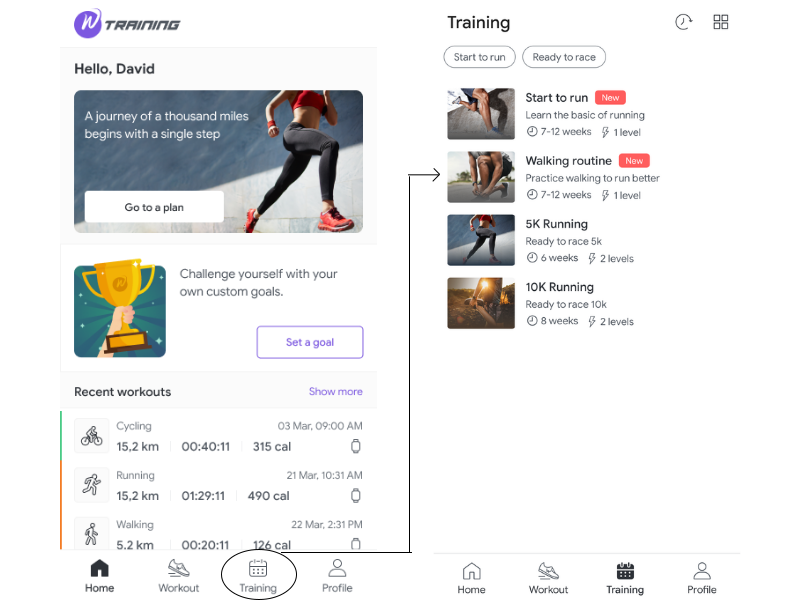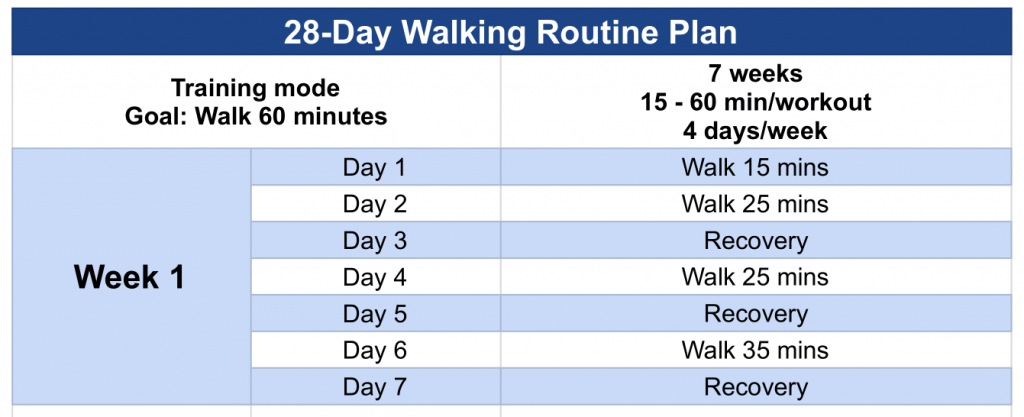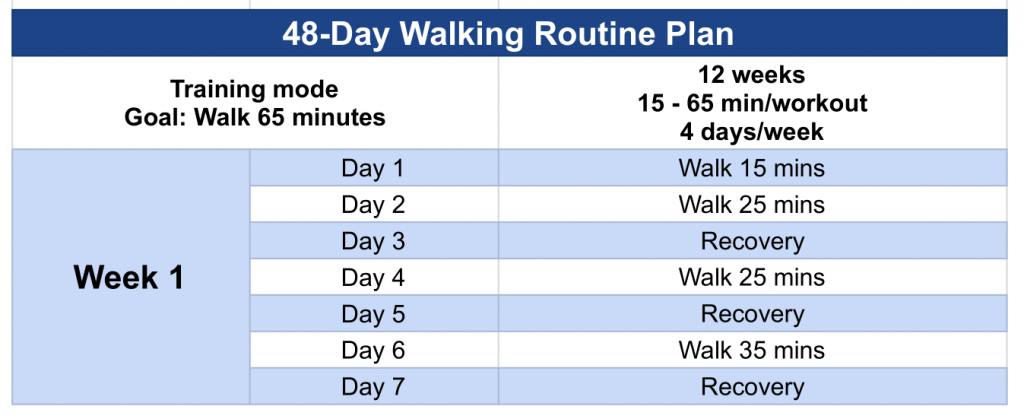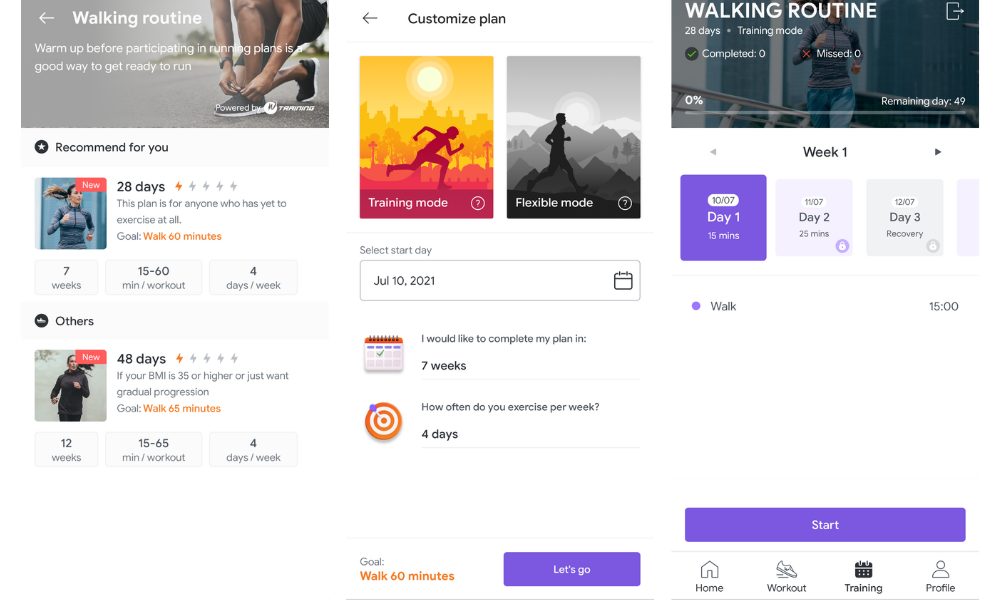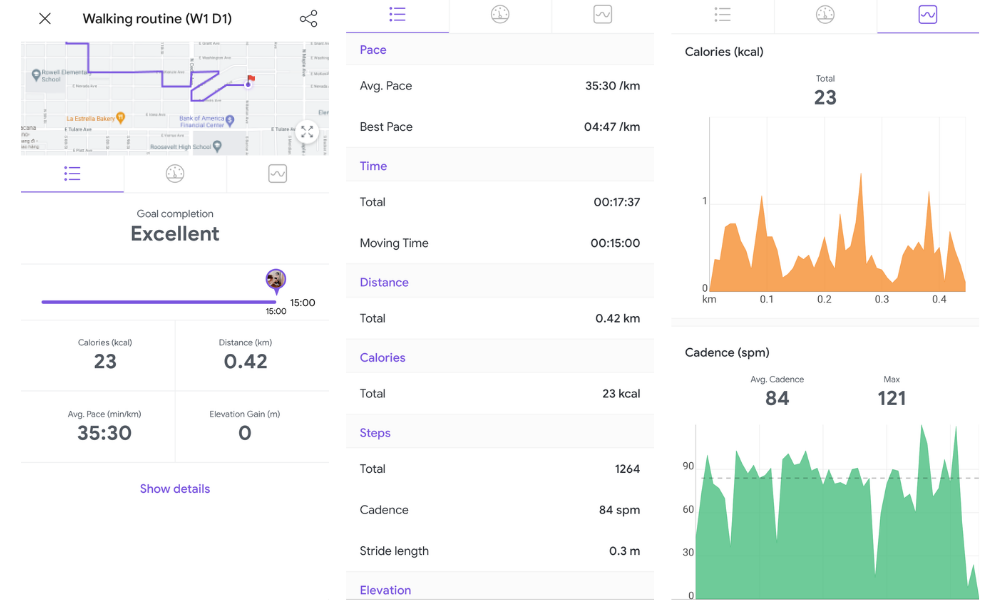Running is an excellent way to stay in shape no matter your age. It is critical to maintaining a healthy and active lifestyle as you age, especially as you approach middle age. Running is a fantastic way to accomplish this. If you haven’t run in a long time or want to try running for the first time, it can be intimidating. This is especially true if you are over the age of 65. In this article, we’ll discuss how to start running at 50.
Before you start running at 50
1. Go to your doctor
Consult your doctor before beginning a running program, just as you would with any other type of exercise. This holds true regardless of how you feel. Make an appointment with a doctor before you begin.
2. Get the right gear
Getting the right equipment is the first step toward running at any age, but especially in your 50s, when parts of your body that have never ached before can begin to hurt. Running is obviously centered on your feet, so properly fitting shoes are critical.
If you’re serious about making running a habit, investing in a good pair of running shoes is well worth the extra money. Rather than going to a department store, visit your local running store. Make sure to ask about any special needs you may have. If you need a wide toe box, some shoe brands are better than others. Choose a brand that will assist you if you require it. Your local running store can help you find suitable running shoes.
You’ll also need a few pieces of sweat-wicking clothing. You will be uncomfortable even if you wear an old cotton shirt. Get at least two wicking technical shirts that you can run in so that you can alternate washing them.
Finally, as you get more into running, sunglasses, a hat, and a GPS watch will come in handy. Getting a GPS watch inspired me to take up running more seriously. Because I had the necessary equipment, I thought I could call myself a runner. You don’t need any special equipment to be a runner; all you have to do is run. There is, however, nothing wrong with dressing the part.
3. What to expect
When you first begin running, you should set goals for the next two to three months as you integrate running into your daily routine. For the first three weeks, don’t worry about speed, distance, or time.
Instead, focus on walking/running as needed and going slowly at first. To avoid injuries, start slowly and give your body plenty of time to adjust to running. It is preferable to build a solid foundation slowly rather than quickly.
In weeks 4–8, you’ll notice an increase in endurance. You may not have been able to run a mile without stopping during the first three weeks, but you’re probably getting there now. Begin to spend more time running rather than walking, but proceed with caution.
You should also begin to incorporate strength training into your workouts. This will give you a full-body workout while also strengthening your bones. Because weight machines are safer than free weights, you should use them at the gym instead of free weights.
Finally, starting in week 9 and continuing on, you can begin completing increasingly difficult workouts. Maybe you should start incorporating intervals or hill repeats. Adding speed work to your routine will make you a much faster and stronger runner.
See also: Best Running Nutrition: What to Eat Before, During & After Runs
Start running at 50 – Tips to keep in mind
Now that you know what you need to do to get started as a runner in your 50s, here are a few other things to keep in mind as you begin this new habit.
1. Be realistic
This is good advice for any runner, but it becomes even more important as you get older. Make certain that your expectations are reasonable. If you used to run, you’ll almost certainly be slower now that you’re in your fifties.
Make sure your time goals are age-appropriate if you want to set them for yourself. Look at the times of some master’s runners to see what might be a stretch goal for you in your 50s but still achievable.
It is far better to concentrate on minor goals and build on them. One goal might be to run a 5k without stopping. Then you can work your way up to longer distances and faster speeds. Maybe you want to win a race in the master’s division.
2. Slowly increase miles
This is sound advice for any runner, but it is especially important for those over the age of 50. Even if you’re feeling great, follow the 10% rule and only increase your mileage by 10% per week.
This means that if you’ve been running 10 miles per week, you shouldn’t suddenly increase your weekly mileage to 20 miles. Instead, gradually increase your mileage, for example, from 11 to 12 miles per week, and so on.
3. Stay motivated
It’s all too easy to lose focus and end up on the couch rather than jogging most days, so make running a habit and build a routine around it. If you’re a social person, enlist the assistance of others. Following that, you give people time and exercise.
Having a goal race is also an excellent way to keep you on track. Nobody wants to sign up for a race only to find out they can’t finish it due to a lack of preparation. If you run a few races throughout the year, you’ll always have something to train for.
4. Cross-train
While running is amazing, it shouldn’t be the only exercise that you’re getting. Make sure that you include cross-training into your routine. This includes walking, yoga, swimming, biking, etc. The possibilities are endless.
This is the best way to mitigate your chance of injury. Cross-training allows you to work with different muscle groups and not overuse the muscles and bones that you use when running. Plus, it can add some much-needed variety.
5. Strength train
You can begin to incorporate strength training into your program after a few weeks of jogging. Because your muscles will be nice and strong, your running will improve and your risk of injury will be reduced.
Including a few days of strength training into your weekly running schedule will help to provide variety and develop your muscles, preparing them for the pounding of the pavement that comes with running.
6. Eat right
To become a strong runner and fit person, you must do more than just run a lot of miles. Diet is also essential, especially as your body ages and your metabolism changes. Make sure you’re giving your body the fuel it needs with proper nutrition and eating habits. Make sure you get enough protein, leafy greens, and carbohydrates to keep your body from running on empty.
If you’re trying to lose weight by jogging, this is especially important so you don’t overeat to make up for the calories you’ve burned.
7. Don’t ignore recovery
While running is fantastic, it is also important to incorporate rest and recuperation into your running routine. In her book, Let Your Mind Run, Deena Kastor writes that she didn’t realize how important recovery was until she started training as a professional runner.
If you’re an older runner, you’ll want to give yourself plenty of time to recover. This will help you avoid injury and will make running more enjoyable overall. So get your 7-9 hours of sleep each night, and don’t be afraid to nap in the middle of the day!
A step-by-step plan to start running at 50
Next, you’ll want to set a goal and a program for yourself, which you can do with a training plan. It’s not a huge distance, but it’s something to strive for, especially when you start running at 50.
Make certain that the plan you choose is appropriate for your current fitness level. Even if you were a super-fast runner in high school and college but haven’t run since, you should think of yourself as someone who doesn’t run and devise a plan to change that.
Here is an easy plan that you may start to follow: Walking Routine powered by WellTraining
Download app here: Android | iOS
1. Click on the Training button on the main screen. Choose Walking Routine.
2. Walking Routine is described by the developers as a warm-up before participating in running plans. The goal is to form a walking habit. It is a good way to get ready to run.
There are 2 types of exercises:
- The first one is a 7-week challenge.
- This plan is for anyone who has yet to exercise at all.
- You are looking to walk for 4 days a week. The rest of the days are for rest.
- You will walk for 15-60 mins of each workout.
- The final goal is to walk 60 minutes per day.
- The other is a 12-week challenge.
- If your BMI is 35 or higher or just want gradual progression.
- You are looking to walk for 4 days a week. The rest of the days are for rest.
- You will walk for 15-65 mins of each workout.
- The final goal is to walk 65 minutes per day.
3. Decide what works best for you & Choose your mode of training. WellTraining will create a training that suits you.
Just follow it! Each day, WellTraining has detailed instructions for you.
This app also has a Recommend Pace function that will be read by the device’s voice while walking. This Recommend Pace will be customized for each user based on their past stats.
4. After you finish the workout of the day, click on the Pause button and then Save your daily workout. Track your metrics on the result page. Show details for more information.
Finally, be patient. Allow your body to adjust. Being patient is perhaps the most difficult aspect of being injured. However, don’t rush things. It will come if you run. Let’s start running at 50 as you wish!
Read more:
Best Running Shoes For Flat Feet on Budget
Running Diet Reviews: Is 90/10 Diet Plan Really Effective?


